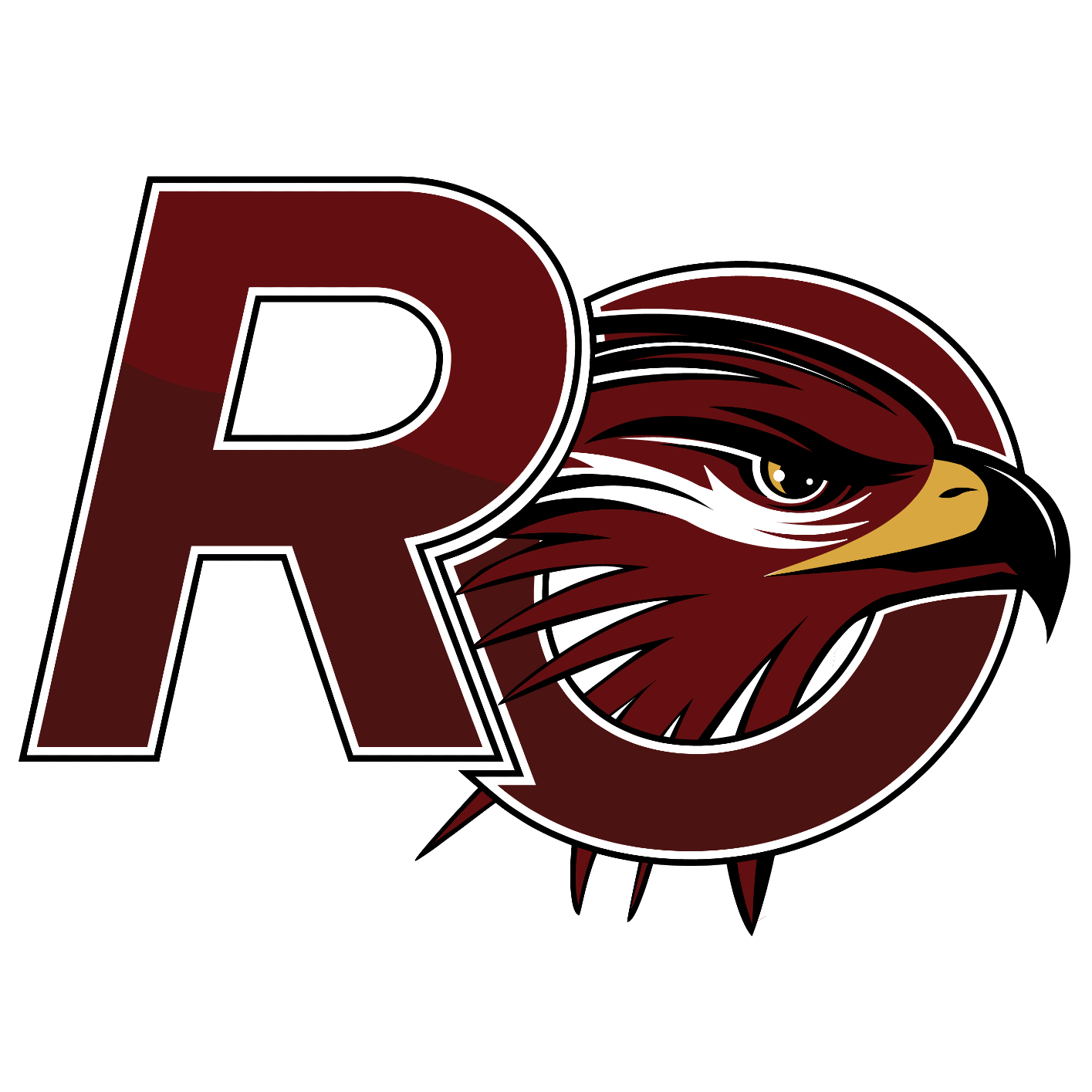Partner Schools
Avalon High School
Ellis County Juvenile Justice AEP
Ennis High School
Ferris High School
Grandview High School
Hillsboro High School
Italy High School
Keene High School
Life School Oak Cliff
Maypearl High School
Midlothian Heritage High School
Midlothian High School
Milford High School
Palmer High School
Red Oak High School
Waxahachie High School
Wylie (Abilene) High School
Cleburne High School
Venus High School
Itasca High School
To apply for mentoring services for your high school(s), please complete the application below. Mentors Care targets high schools in rural and suburban communities where there are fewer social programs offered to at-risk high school students for academic success. If your school qualifies, we will contact you within 5 to 10 business days.
Once your school partners with Mentors Care, your administration and school board will be provided the following reports annually:
Graduation Rate – Percentage of seniors (in the program for two years or more) who graduated
Maintained or Increased Credits Earned – Percentage of students (in the program for two years or more) who earned the required number of credits or increased the number of credits earned vs. the previous school year
Attendance – Percentage of students (in the program for two years or more) who improved their attendance rate for the current school year vs. the previous year
Referrals to Community Assistance – Overall number of student referrals to other community assistance programs by type (food assistance, medical care, clothing assistance, counseling, mental health/rehab facility, housing, CPS)
Discipline Referrals – Percentage change in disciplinary referrals for students (in the program for two years or more) vs. the previous year
Total number of mentors per campus for the school year
Volunteer Hours – Total number of volunteer hours spent by mentors serving your school(s) and the average volunteer hours by volunteer,
Percentage of scheduled meetings held between mentor and student
Participation – Number of referred students, number of returned permission forms, number of mentors matched with students, number of students who met with a mentor at least once, number of students who completed the year with a mentor, number of students in credit recovery who had a mentor
Life Conditions – Percentage of students with 1) State At-Risk Indicators, 2) Mentors Care At-Risk Indicators. This shows how kids qualify for Mentors Care
Outcries – Number of outcries made by students to your district’s coordinator(s) because of suicide, self-harm, anxiety, depression, abuse, neglect, runaway, CPS reports completed
First Generation High School Graduates – Two categories: 1.) First generation graduates and 2.) Sibling(s) who also graduated thus breaking the cycle
Student Pathways After Graduation – What our most recent graduates are doing after graduation by the percentage of graduates in two-year colleges, four-year universities, trade school, in the armed forces, and in the workforce





















